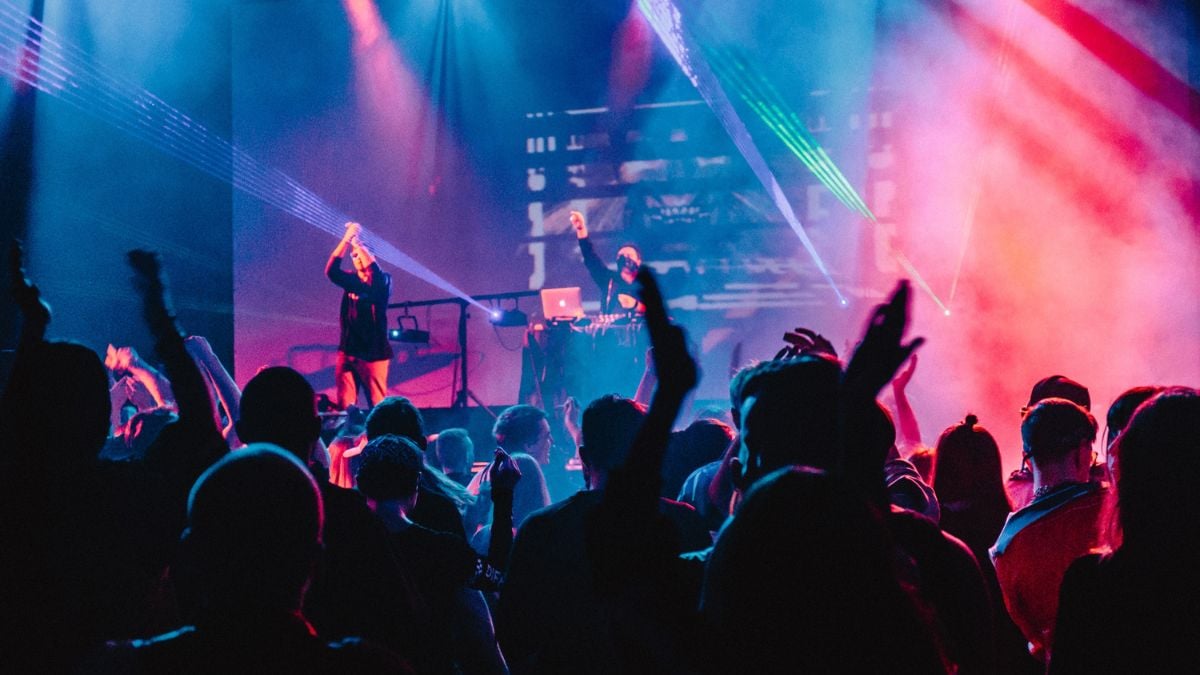4 Things To Consider When Adding Reverb To Your Mix

Reverb is one of the effects that you are likely to find on pretty much any mix in almost any genre. It's an interesting tool because although it essentially just does one thing, placing recorded sounds into imaginary 3D spaces we can use it for a wide variety of mixing tasks and In this article, we share four things you should consider when adding reverb to your mix.
Points 1-3 below all require multiple mix elements to be sent to the same reverb plug-in (or outboard FX unit). In these cases, it is generally considered best practice to set up your reverb on an FX bus and set up FX sends on each of the tracks in your mix that require reverb. This is much more efficient than using reverb as an insert effect on each individual channel.
1. Create Ambiance
Creating some kind of ambiance in your mixes is generally desirable, as it adds life and character. In most modern recording situations, instruments are recorded dry. This allows for greater flexibility at the mixing stage as you can create the desired ambiance from reverb plug-ins rather than relying on the ambiance of the room in which the instruments were recorded.
If you are working with samples rather than real instruments, creating an ambiance is still important, but you can get away with using less realistic sounding reverbs to create an 'imaginary' room for all of your samples to sit inside of.
2. Blend Mix Elements Together
Without reverb, mixed elements can often sound quite 'foreign' to each other; there is nothing to sonically link them together. This is true of live instrument recording, even if you recorded your instruments in the same room; you will often have used different mics, positioned various distances from your sound sources and this will give the different elements different sonic properties.
It is even more true of tracks that are built up from samples; you will often be drawing those samples from disparate sources and they will often sound like they were recorded in different rooms at different times. If you send all of these samples to the same reverb, even if that reverb is incredibly subtle, it can connect those sounds together and make the mix as a whole sound more coherent.
3. Create Depth
When mixing, one of the primary considerations is the creation of space for each individual mix element. Reverb is one of your most valuable tools for doing this; it is the main tool that you will use to move elements around within the 'depth' field. If we have already sent all of our mix elements to a reverb that has been used to create an ambiance, we can easily push things back in the mix by adding more reverb to them or bring them forward by reducing their reverb level.
4. Create a Distinctive Effect
Points 1-3, above, all deal with general mix considerations, but sometimes you can also use reverb in creative and distinctive ways, to create interest and drama in your mix. For some ideas on ways, you can do this, check out our article '3 Ways You Can Use Reverb For Dramatic Effect'.



Comment on this post on SoundGym Community